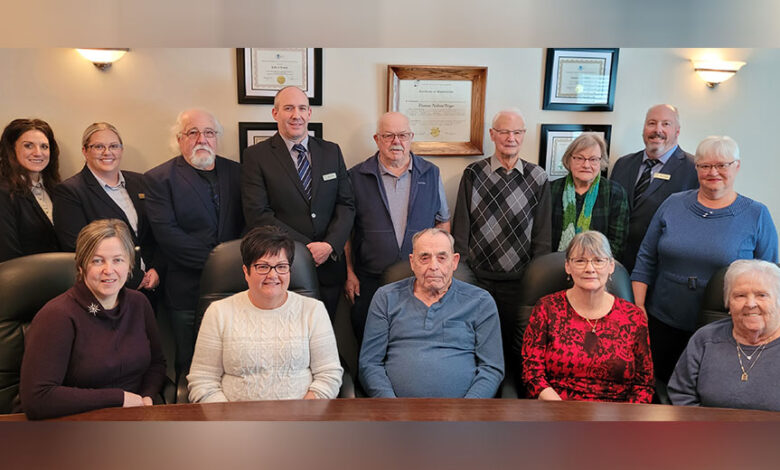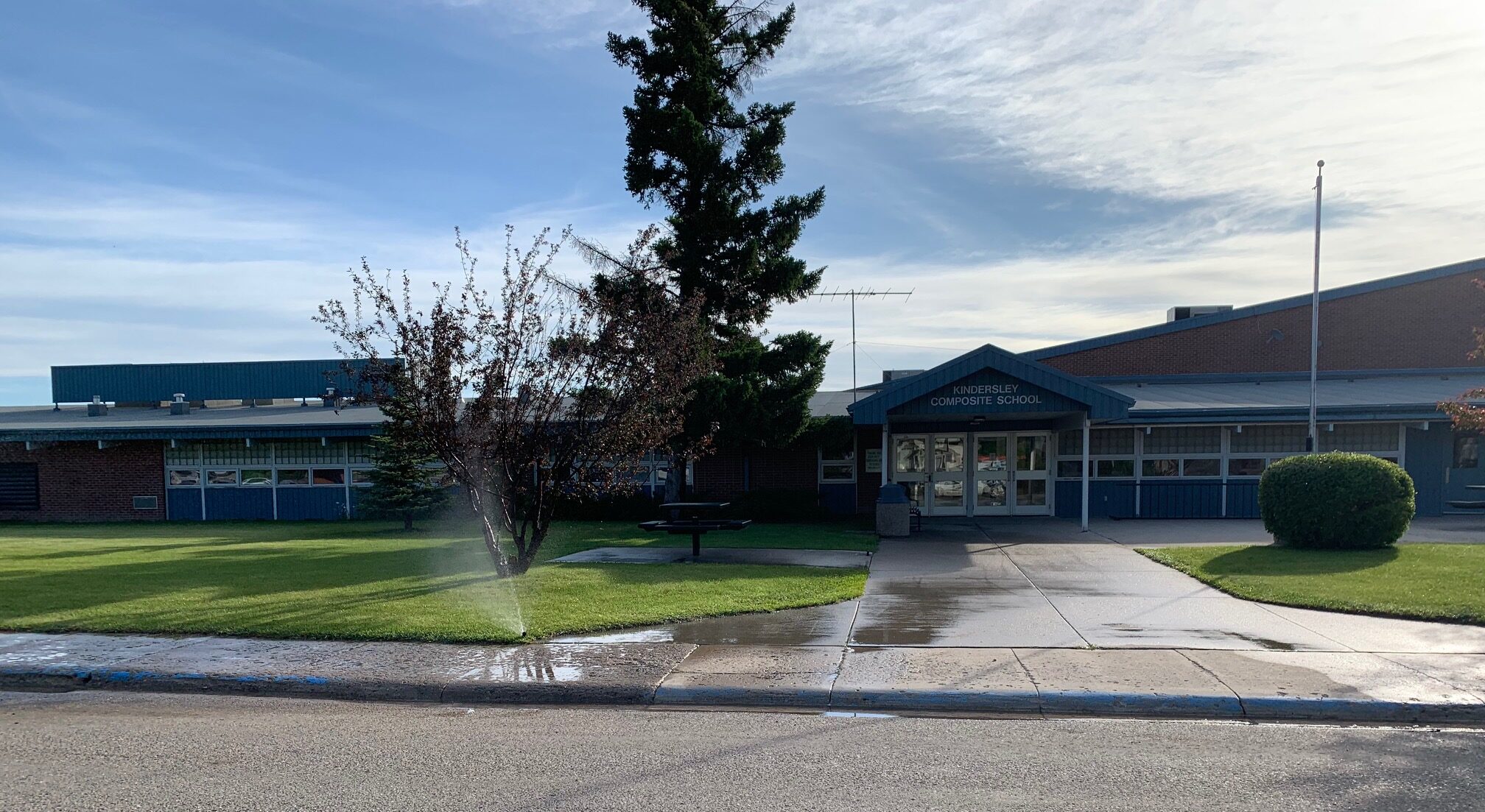
Kindersley Chamber of Commerce Features Kindersley Funeral Home
Today’s article is just a little different. We are looking at the history of the Kindersley Community Funeral Home, Managed by Tom Geiger. Tom and I sat down for a couple of hours and talked about the evolution of the funeral industry, and of Kindersley in particular.
Back in the early history of Kindersley, a funeral director would go to a deceased persons home and do all preparations there. Because of the nature of the business, he probably doubled as a carpenter in order to make his own coffins to sell! A horse drawn trailer was used up until September, 1934, when motor hearses were introduced in the area.
The high cost of funerals in the early 1930s led to the formation of the Kindersley Burial Society in 1933 and a meeting was held in the “old orange hall”, which was an old Methodist church, later to be renovated into the Royal Canadian Legion. 40 members signed up out of 56 attendees and paid a $5.00 membership fee. A group of local businessmen were chosen to oversee its formation. At that time, the funeral home was located on Main Street we believe.
The Burial Society was operated like this for a number of years. The most interesting of their employees was Mr. Everton Ferguson (Fergie). He and his wife Rena came to Kindersley in 1937 and was officially licensed as a funeral director in 1940. He died suddenly in 1948 and his wife Rena, began to handle the business of the funeral home. She became one of the the first female funeral directors in Canada and worked for the funeral home into the 1970s.
As regulations changed, a new non- profit act came into effect, and since it fit with the mandate of the burial society, it became the Kindersley Community Funeral Home and has been run as a community owned, non-profit business ever since. It is Saskatchewan’s only Non-Profit funeral home. There is oversight by a board of directors chosen from the membership and currently includes, Arlene Hankewich as President, Don Morgan, Vice president, Jim Fergusson 2nd Vice president,
Jeanette McLeod as Secretary and Directors, Aron Mack, Marilyn Graham, Michele Whitfield and Della Graham.
As time moved on, the area kept expanding. As undertakers retired or passed away, the communities of Eatonia, Eston and Kerrobert all asked to have the funeral home expand into their area, and was accommodated. Currently, they serve families as far north as Luseland and Tramping Lake, along the Alberta border and down to Leader, and then back up the east side through Lacadena, Plato, Fiske, Plenty and Dodsland.
The funeral home has had a few different locations in town over the years. From the original building, in 1952 plans were made to build a bigger building and it is still in use as an apartment at the corner of Main street and 5th Avenue. In 1958 a garage was added onto the back. In 1975, expansion was needed again so, the old police barracks on 1st Street West and 3rd Avenue West was demolished to make way for construction of next funeral home which included a large chapel. This building was used for the next 37 years, however, more office space was required and the inclusion of a Crematory made it more feasible out of the down town area so the funeral home bought land in the industrial park and moved into their present location in 2012. This new location allowed them to do cremations on site.
Current funeral director and manager, Tom Geiger is from the Esterhazy area and began at the funeral home in 1993, when he answered an ad for an apprenticeship here. Gary Babcock is the funeral home’s longest serving employee, starting at the funeral home in 1979. Currently, there are 5 funeral directors, including Tom, Gary, Pamela Greschner and Kelly Froese, who has also been the assistant manager since August. The newest funeral director is Brandi Cales as she has just finished her last licensing exam and is their only dual licensed person, holding both Saskatchewan and Alberta licenses. Office manager Debbie Perrin and 1 office support staff, Jeanne Krentz round out the front office.
Tom gave me a tour of the cremation area as well as the preparation room, garage and cooler where everything is spotless and clean. The staff are friendly and professional and give a person a sense of peace and calm and support during a difficult grieving time. Tom and his staff of caring and experienced professionals are always on call if and when you need them.


































